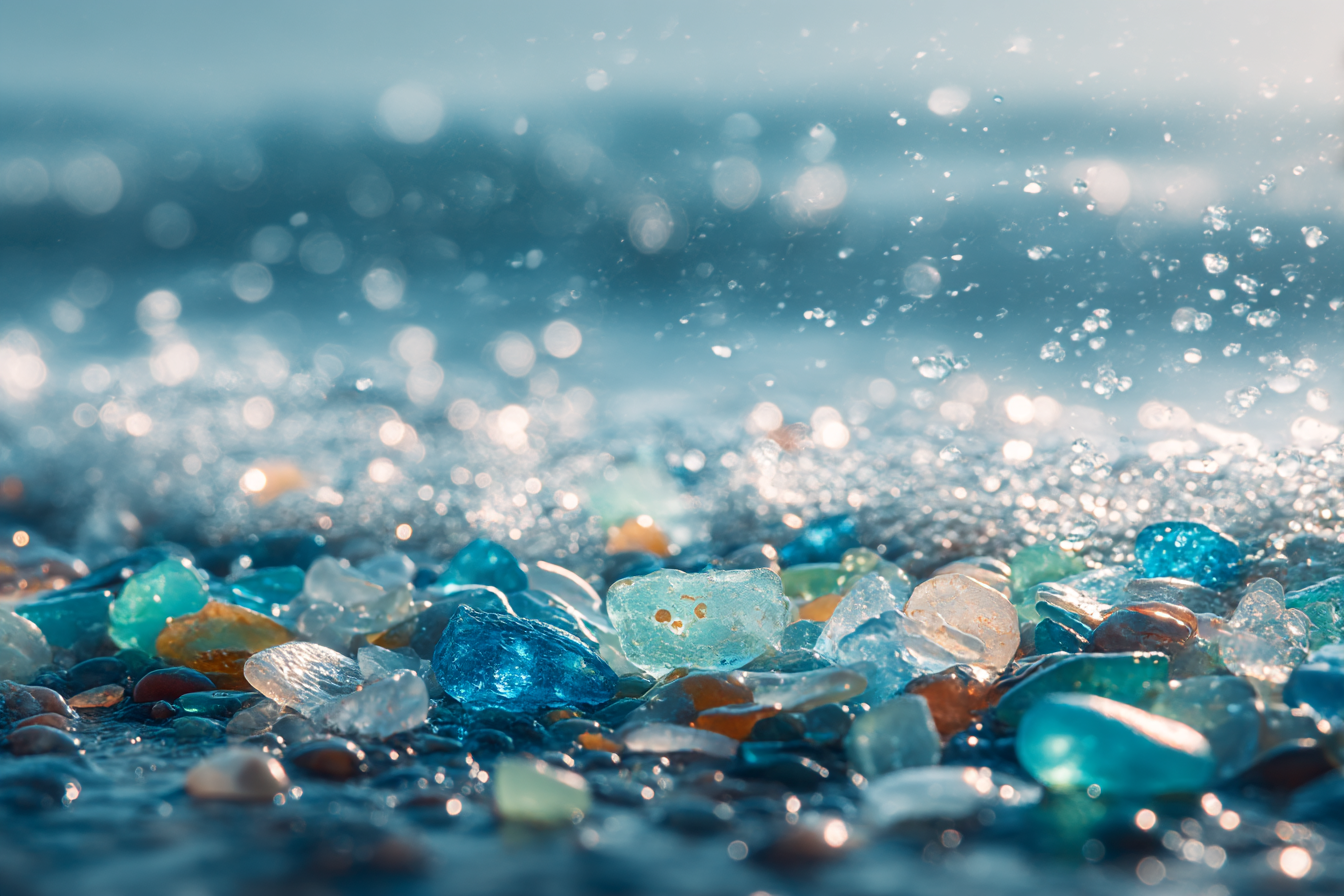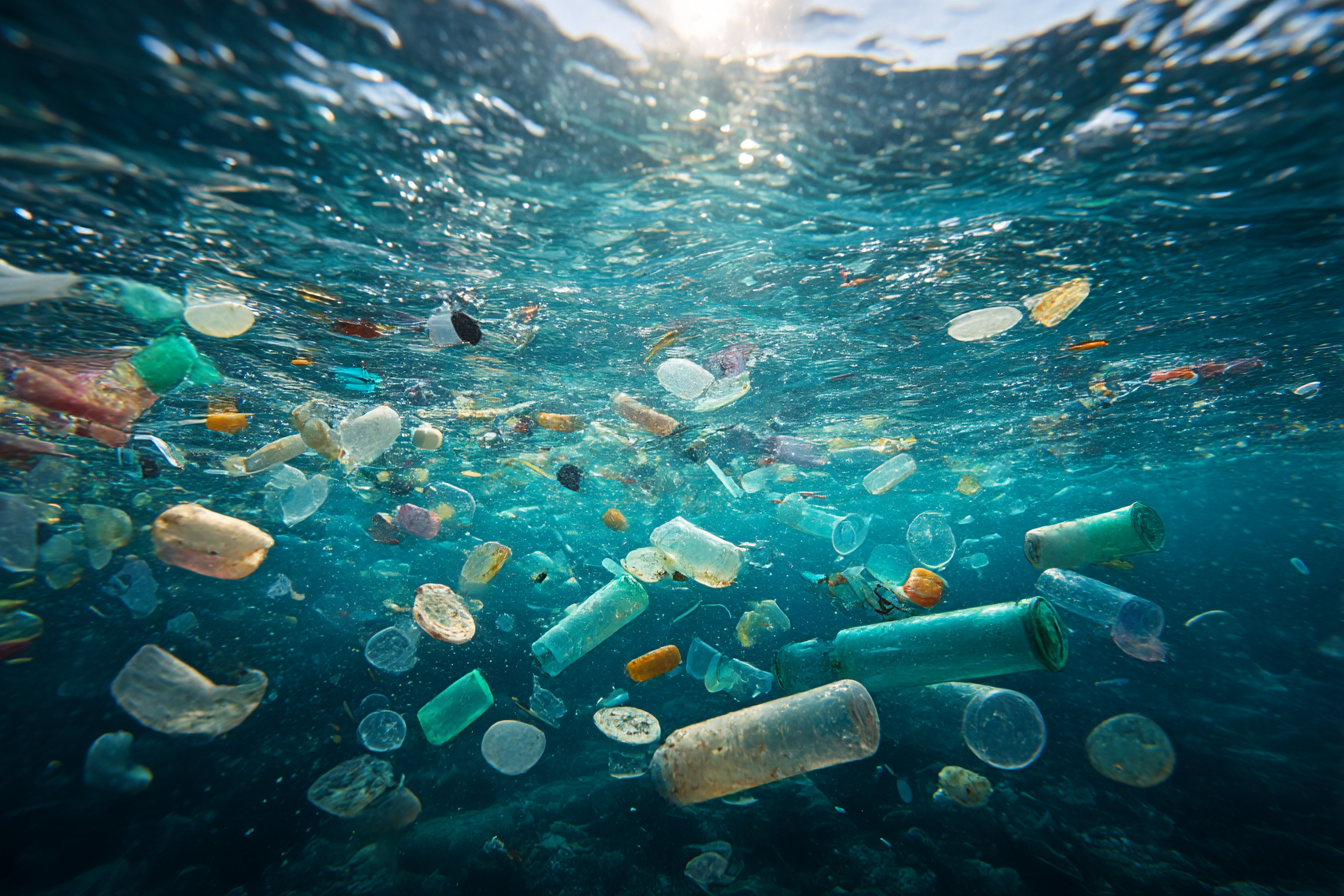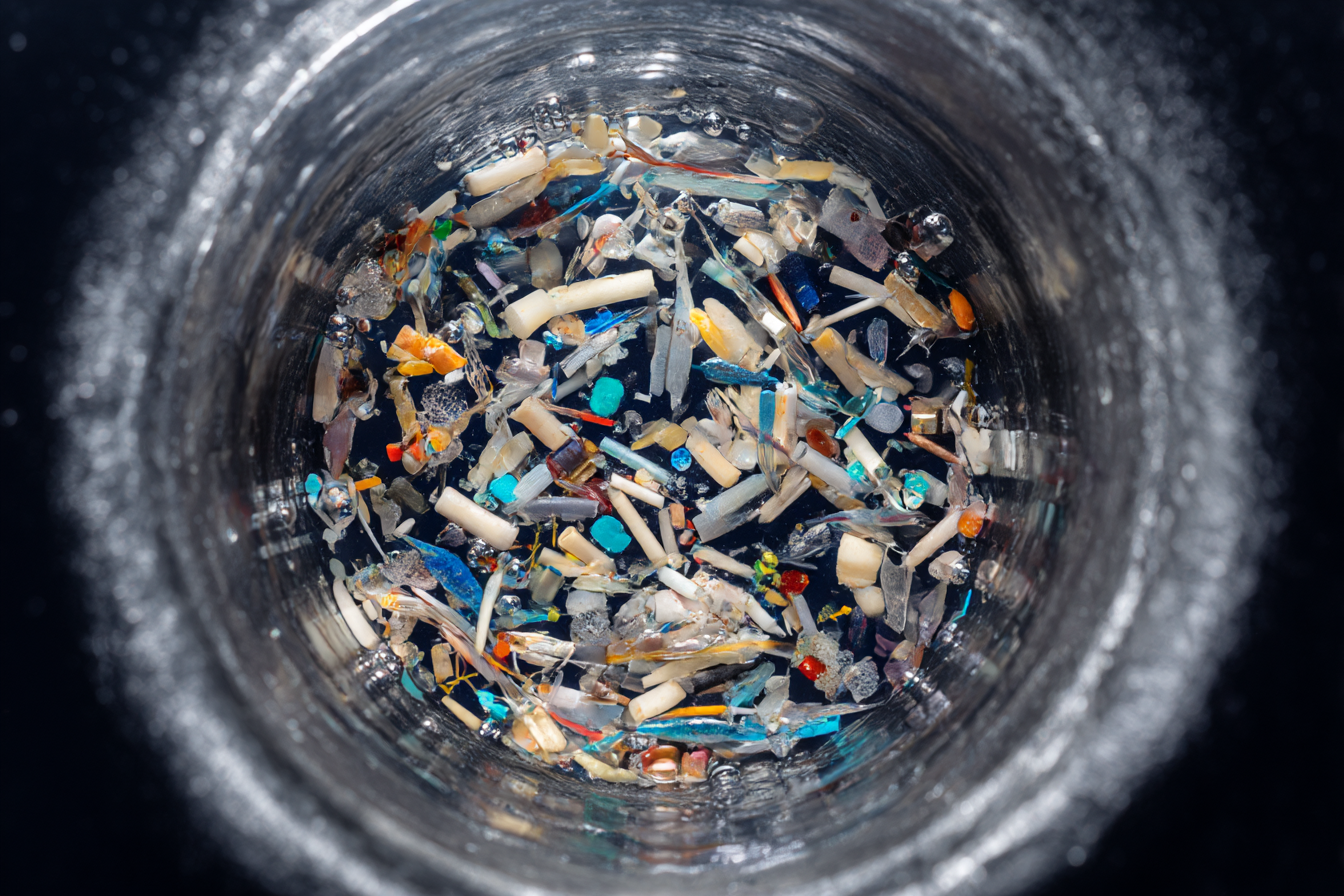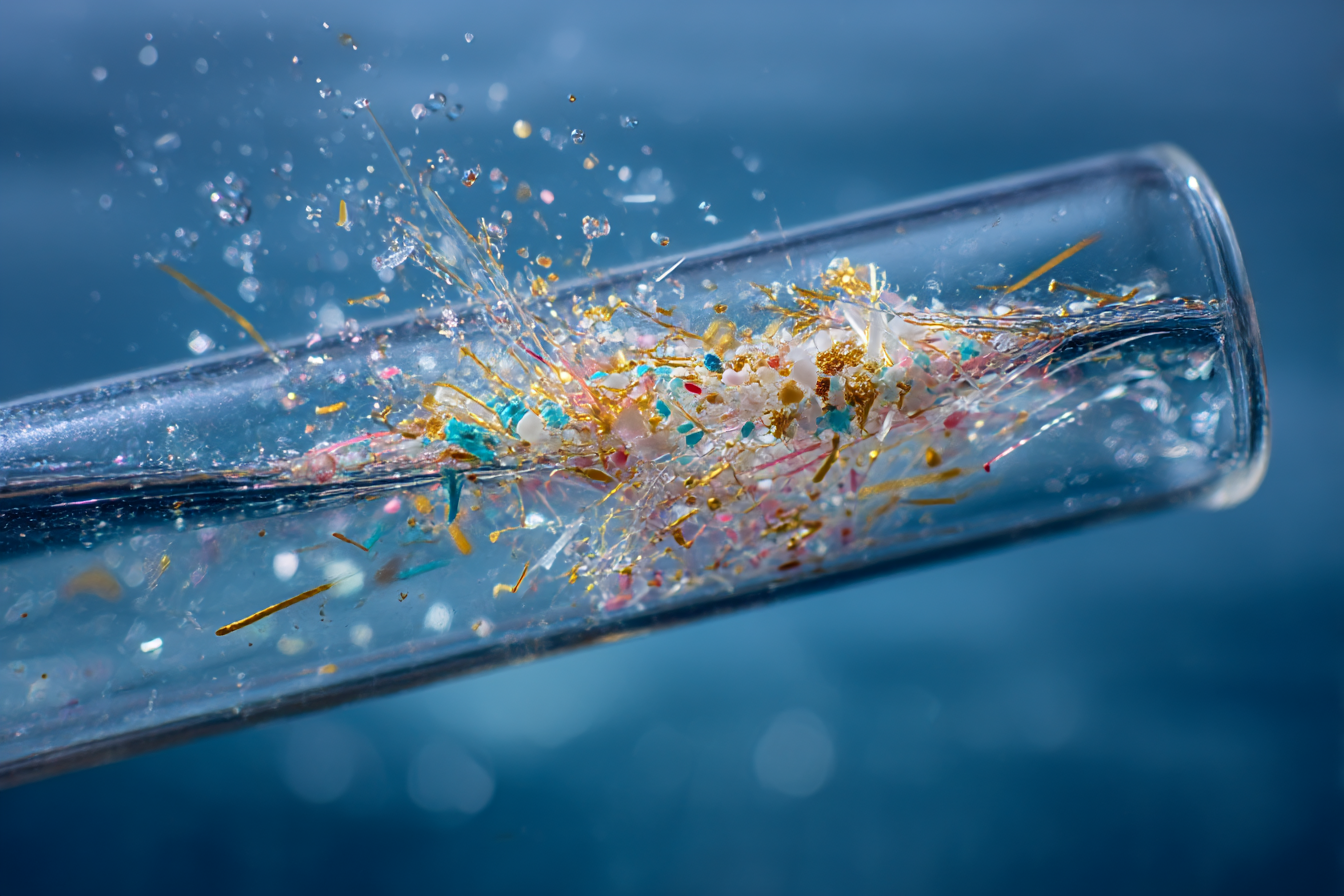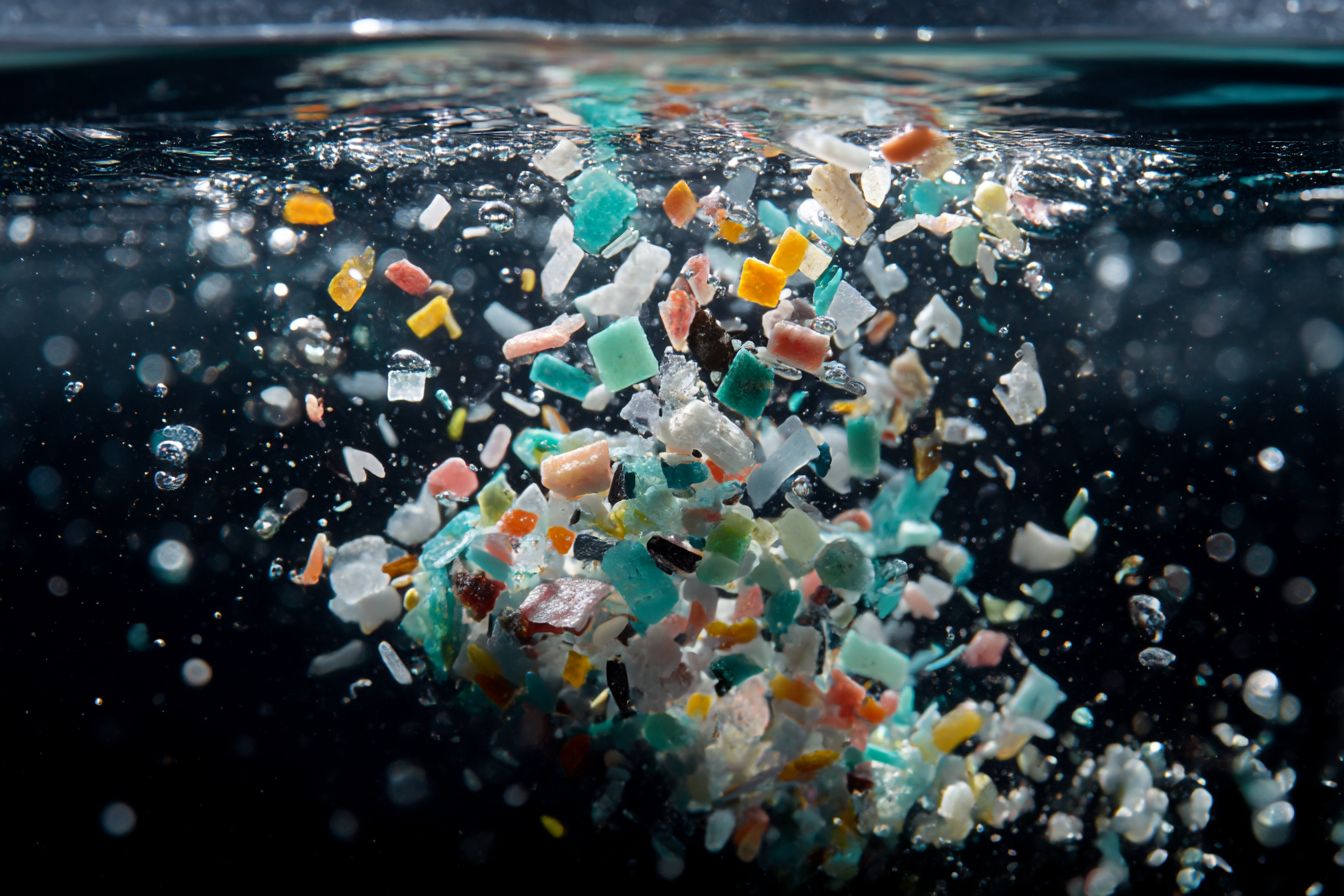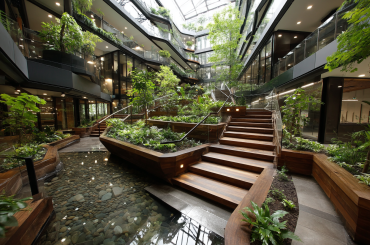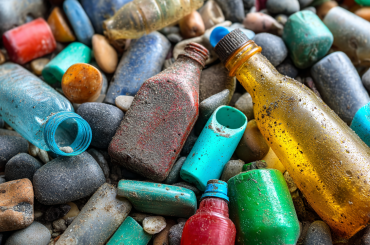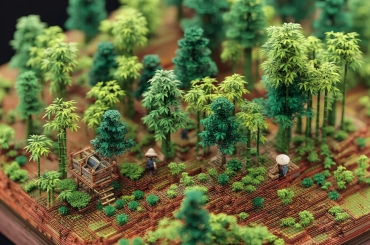I never thought I’d become obsessed with tiny bits of plastic, but here we are. It all started with a documentary I watched late one night – you know, one of those moments when you can’t sleep and end up falling down an internet rabbit hole. The footage showed researchers filtering water samples and finding microplastics literally everywhere – the Arctic, the deepest ocean trenches, even in bottled water. I remember sitting there, cup of tea in hand, suddenly eyeing my drink with suspicion. Was I sipping on plastic particles right then and there?
That night changed something in me. I’d already been making efforts to reduce my plastic usage – carrying my trusty shopping bags, using a reusable water bottle, all the standard stuff we’re supposed to do. But this was different. These weren’t plastic bags floating in the ocean that we could simply clean up; these were microscopic particles infiltrating every level of our ecosystem, including our own bodies. Frankly, it scared me silly.
I started researching (because that’s what I do when I’m anxious – gather information until I feel less helpless). The statistics were staggering. We’re producing over 380 million tonnes of plastic every year, and a significant amount ends up in our waterways. These plastics don’t biodegrade; they just break down into smaller and smaller pieces until they’re microplastics – typically defined as pieces smaller than 5mm. Some are even smaller – nanoplastics that can cross cell membranes. It’s genuinely terrifying stuff.
But what caught my attention wasn’t just the problem, but the ingenious solutions being developed to capture these particles before they enter our water systems. Engineers and scientists around the world are creating filtration technologies that might just help us address this massive challenge.
The simplest approaches often build on existing water treatment infrastructure. Advanced membrane filtration systems, for instance, can capture particles as small as 0.001 micrometers – tiny enough to catch most microplastics. I visited a local water treatment facility last summer (yes, this is what I do for fun these days) and saw some of these systems in action. The manager, a cheerful woman named Patricia with twenty years in water management, showed me the layers of filters they use.
“Most people think water treatment is just about chemicals,” she told me as we peered through the viewing window at massive filtration tanks. “But it’s really about physical barriers too. The challenge with microplastics is their size and variable density – some float, some sink, some stay suspended in the water column.”
What fascinated me was learning about the emerging technologies being tested. One approach uses acoustic waves to essentially create pressure nodes that can trap microplastic particles. Another employs magnetic fluids to attract and remove the particles. There’s even research into using bacteria that can potentially break down certain types of microplastics – though Patricia was quick to point out this was still very experimental and years away from implementation.
“The holy grail,” she explained, “would be a filtration system that’s effective, energy-efficient, and can be implemented at scale in various settings from industrial plants to household taps.”
After my visit, I bought a water testing kit online – not the most scientific approach, I’ll admit, but I wanted to see what was in my own tap water. The results weren’t as bad as I’d feared, but still showed trace amounts of microplastics. I immediately ordered a home filtration system with activated carbon and a fine mesh membrane, which set me back around £120. Worth every penny for peace of mind, though it’s frustrating that we’ve created a world where such things are necessary.
The most exciting innovations I’ve come across are the ones targeting microplastics at their source – before they even enter water systems. Take washing machines, for instance. Every time we wash synthetic clothing (your polyester shirts, nylon socks, fleece jackets), thousands of microfibers are released into the wastewater. Several companies have now developed filters that attach to washing machines to capture these fibers before they go down the drain.
I installed one of these filters on my washing machine last year – a bit fiddly but manageable even for someone as mechanically challenged as me. Every few months, I clean it out and am always shocked by the amount of fibrous gunk it collects. What would have gone straight into our water system is now captured in a little mesh filter in my utility room. It’s both satisfying and disturbing.
Road runoff is another major source of microplastics – all those tire particles and road markings washing away with the rain. Some cities are implementing special drains and catchment areas designed to filter this runoff before it reaches rivers and oceans. I saw these being installed near my sister’s house in Manchester – unassuming grates in the road that contain sophisticated filtration systems beneath.
The council worker overseeing the installation told me they were testing different designs. “This one uses a series of baffles and meshes,” he explained, crouching down to point out features I couldn’t actually see. “Water flows through, but particles get trapped. The challenge is keeping them from clogging during heavy rain.”
Of course, filtration alone isn’t enough. It’s treating the symptom rather than the cause. We need to reduce plastic production and redesign materials to be less harmful when they inevitably end up in the environment. But in the meantime, these filtration technologies offer a critical stopgap.
One approach that particularly impressed me combines traditional wisdom with modern technology. In India, researchers have developed filters using locally available materials like sand, gravel, and even crushed brick, arranged in specific layers. These filters are remarkably effective at removing microplastics and can be built at low cost in areas without sophisticated water treatment infrastructure.
I tried making a simplified version for filtering rainwater in my garden – not for drinking, mind you, just for watering plants. My design used layers of fine mesh, sand, activated charcoal, and gravel in an old plastic barrel (ironic, I know). It works decently well, though I’ve had to clean and remake it twice after heavy storms clogged the system. Still, it’s satisfying to know I’m preventing at least some microplastics from entering the soil around my precious vegetables.
The most futuristic solutions involve nanotechnology. Scientists are developing specialized nanocellulose filters – plant-derived materials with incredibly fine pores that can trap even the smallest plastic particles. Other researchers are working with carbon nanotubes that can be precisely engineered to target specific types of contaminants, including microplastics.
At a tech exhibition in Bristol last autumn, I got to handle some of these materials. The nanocellulose felt like regular paper but was supposedly capable of filtering particles thousands of times smaller than what’s visible to the human eye. The scientist demonstrating it – a young woman with an infectious enthusiasm for her work – explained that the material could potentially be manufactured from agricultural waste, making it both effective and sustainable.
“The key challenge,” she said, “is scaling up production while keeping costs reasonable. We don’t want solutions that only wealthy countries or communities can afford.”
That’s the crux of it, really. The best filtration technology in the world won’t help if it’s too expensive or complex to implement widely. The most promising innovations are those that work with existing infrastructure and can be adapted to different contexts – from high-tech urban water treatment plants to rural communities with limited resources.
For my part, I’ve become something of a microplastic filtration evangelist among my friends and family. My brother thinks I’ve gone a bit mad, especially after I bought him a washing machine filter for his birthday last year. “Most people give bottles of wine,” he grumbled, though he did install it eventually.
But this isn’t just environmental anxiety driving me (though there’s plenty of that). It’s the recognition that we’re conducting a massive uncontrolled experiment with plastic in our environment, and the results are already concerning. Studies have found microplastics in human blood, placenta, and lung tissue. We simply don’t know the long-term health implications, but the precautionary principle suggests we should be doing everything possible to reduce our exposure.
The good news – and there is some – is that awareness is growing. Regulations are slowly catching up. The EU has banned intentionally added microplastics in products like cosmetics and cleaning supplies. Some countries are implementing extended producer responsibility laws that make manufacturers responsible for the entire lifecycle of their plastic products.
And innovation continues. Just last month, I read about a new membrane made from recycled plastic bottles that can filter out microplastics – a beautifully circular solution to the problem. Another team has developed a swarm of tiny magnetic “microrobots” that can capture and remove microplastics from water.
Will these technologies save us from our plastic problem? Honestly, I don’t know. What I do know is that we need all hands on deck – reduced production, better waste management, AND effective filtration technologies. The solutions need to work at every level, from individual households to industrial scale.
In the meantime, I’ll keep filtering my water, washing my synthetics in special bags that capture microfibers, and yes, annoying my friends and family with unsolicited advice about microplastic filtration. Because as overwhelming as the problem seems, doing something feels infinitely better than doing nothing. And sometimes, those small actions lead to bigger ones – like supporting policies that address plastic pollution at its source or investing in the promising technologies that might help clean up the mess we’ve already made.
